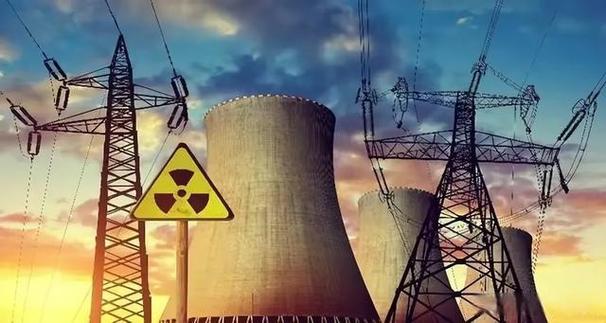**Chernobyl’s Ghostly Playground: Where the Past Still Glows**
(Chernobyl Catastrophe: The 1986 Explosion Site)
On a spring night in 1986, the sky above northern Ukraine lit up with an eerie aurora—not of stars, but of catastrophe. The Chernobyl Nuclear Power Plant’s Reactor 4 exploded, spewing radioactive fury into the air and etching its name into history as the world’s worst nuclear disaster. Decades later, the site remains a haunting time capsule, a place where rusting Ferris wheels, abandoned schools, and whispering forests tell a story of human ambition, tragedy, and nature’s eerie resilience.
Step into the Chernobyl Exclusion Zone today, and you’ll find a paradox. The 1,000-square-mile area, once deemed unfit for life, now teems with it. Wild boars root through overgrown gardens, wolves stalk deserted villages, and rare birds nest in the skeletal remains of apartment blocks. Nature has staged a slow-motion takeover, draping concrete ruins in ivy and reclaiming streets as meadows. Yet beneath this green resurgence, the land hums with invisible danger. Geiger counters still chatter like nervous crickets near the infamous Red Forest, where radiation levels remain stubbornly high.
The heart of the zone is Pripyat, a city frozen in 1986. Its empty swimming pools, crumbling classrooms, and bumper cars rusting in an amusement park that never opened are equal parts melancholy and mesmerizing. A doll lies half-buried in the rubble of a kindergarten, its glassy eyes staring at a ceiling that no longer exists. The city’s central plaza, once alive with Soviet-era optimism, is now a graveyard of propaganda posters and shattered windows. Wander through these ruins, and you’ll feel the weight of what was lost—and what was left behind.
But Chernobyl isn’t just a relic. It’s a laboratory. Scientists study how ecosystems rebound after nuclear disaster, while engineers monitor the gargantuan New Safe Confinement structure, a $1.7 billion steel sarcophagus that now entombs Reactor 4. Completed in 2019, this futuristic arch is designed to contain radioactive debris for a century, buying time for future generations to decide how to handle the poison within.
For thrill-seekers and dark tourists, Chernobyl has become an unlikely pilgrimage site. Guided tours offer hazmat-suited visitors a chance to tread cautiously through the zone, snapping photos of reactor control rooms or the ghostly Duga radar array, a Soviet relic that once aimed to detect incoming missiles. At night, the silence is profound—no cars, no chatter, just the creak of decaying buildings and the occasional howl of a wolf. It’s easy to imagine the whispers of the past here: the panicked engineers, the evacuated families clutching heirlooms, the firefighters who unknowingly marched to their deaths.
Yet Chernobyl’s legacy isn’t just about doom. It’s a stark reminder of human fallibility—and resilience. The disaster forced global reforms in nuclear safety, spurred advancements in radiation medicine, and inspired a cultural reckoning with technological hubris. Even the zone itself is a testament to life’s stubbornness; species once thought vanquished by radiation now thrive in this accidental wilderness.
(Chernobyl Catastrophe: The 1986 Explosion Site)
As the years pass, Chernobyl evolves. Trees burst through pavement, graffiti artists tag abandoned walls, and researchers debate when—or if—humans might safely return. For now, it remains a place of contradictions: a wound that refuses to fully heal, a memorial dressed in vines, and a warning etched into the landscape. To walk through Chernobyl is to wander through a ghost story where the past isn’t dead—it’s just sleeping, waiting for the future to listen.
Inquiry us
if you want to want to know more, please feel free to contact us. (nanotrun@yahoo.com)




